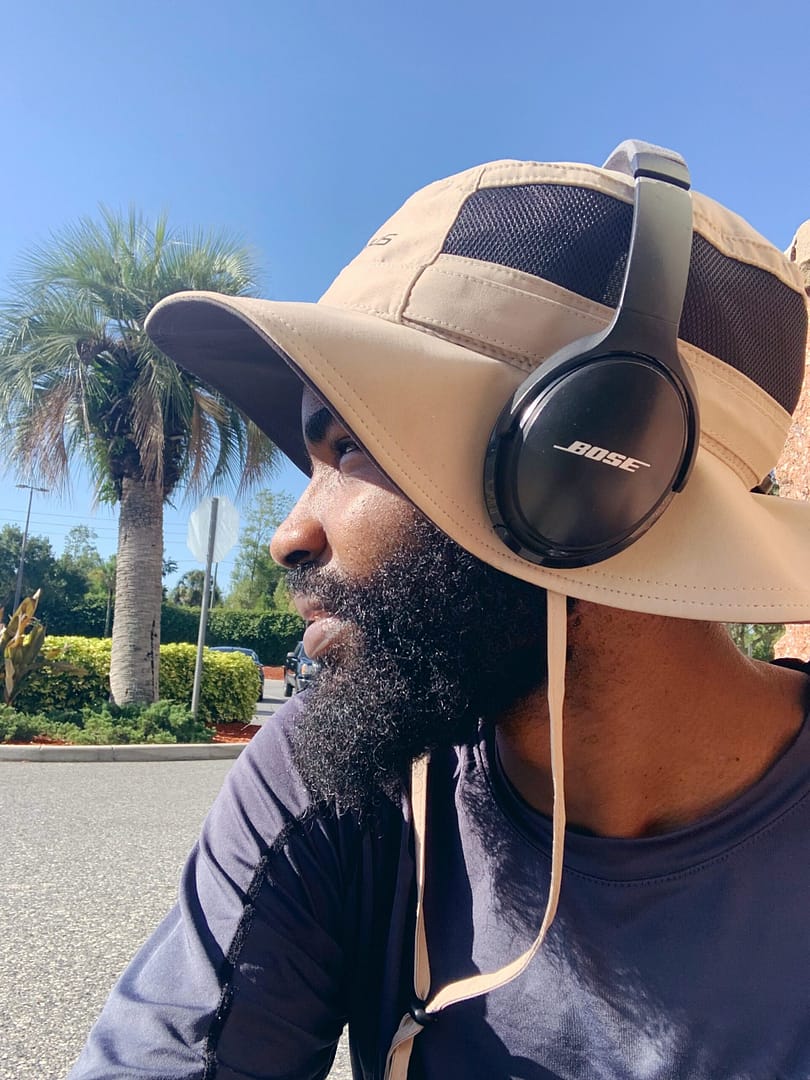How to do meditation: a simple meditation guide for beginners.
Meditation provides a way of learning how to let go. As we sit, the self we’ve been trying to construct and make into a nice, neat package continues to unravel.— John Welwood.
Meditation is a tool that can replenish your soul, and alleviate stress, anxiety, and depression, amongst many other great benefits. In this article, we’ll go over:
WHERE YOU SHOULD MEDITATE
Okay, let’s start with where you should meditate.
Technically, you can meditate anywhere. But if you’re just starting, a loud or crowded place wouldn’t be ideal. Most beginners preferred to meditate somewhere quiet and comfortable.
You can meditate sitting on the floor, in a chair, or even lying in bed. Although, I wouldn’t recommend the last option for beginners. It’s best to avoid the bed during this exercise.
Sit on a floor or a chair with your back straight, and your head facing forward. For the most part, will help you to stay alert. Now whether you choose to meditate on the floor or a chair, following these simple guidelines can make a huge difference.
So what is a good meditator? The one who meditates.— Allan Lokos.
WHAT YOU SHOULD DO WITH YOUR BODY
As for what you should do with your body, the first thing you want to keep in mind is keeping your spine straight while maintaining a comfortable posture.
Relax your body. Stretch your neck and shoulders if you need to. Twist and turn your limbs before you settle down. That way, you may resist any further agitations or itches during your session.
HOW TO POSITION YOUR ARMS AND LEGS
The next part of your body to consider is the placement of your feet. Some meditators would preach about how your feet need to be crossed on top of each other like a pretzel to experience the practice fully, but In other schools of meditation, having the placement of your feet lying flat on the floor works just fine.
The most important thing is that you are comfortable with whatever position you’ve chosen. Don’t worry if you can’t cross your legs perfectly. Do the best you can, while remaining comfortable.
And if it’s too much of a stretch for you, consider the alternative—Feet uncrossed—flat on the ground. (preferably without any shoes on.)
In a cross-legged position, you can either have your hands rest on your knees, facing upward, or have them stack on top of each other. Whatever makes you comfortable, go with that.
If, however, you choose to have your feet flat on the ground, you’ll want your arms to be tightly close to your torso, relax your shoulder, and place your hands nicely in parallel to your knees. Back always straight, head facing forward.
Sitting like a mountain, let your mind rise, fly and soar. — Sogyal Rinpoche
In terms of what you can do with your eyes, you can either have them open, totally closed or have a soft gaze, where you’re mainly focusing on your nose and breath.
It’s really all up to you. However, I’ve found closing your eyes allows less activity from the visible world to clutter your mind. Not to mention, it also improves your awareness.
WHEN SHOULD YOU MEDITATE?
Okay, now, let’s talk about When you should meditate.
When these teachings were first made popular around 5,000 years ago, people were mostly farmers who lived according to the natural cycle of the world.
Meaning, before the sun rises, they would either pray or meditate. Then at sunset, they would retreat from their engaging activities, so that they could repeat the same process.
The ideal times are considered to be between 5 A.M. and 7 A.M. At sunset, it was between 5 P.M. and 7 P.M.
Now keep in mind that things have evolved. So this particular ritual may not work for everyone. My advice, pick and choose a schedule that works best for you as long as you can stick to it.
HOW LONG TO MEDITATE?
How long should you meditate?
Start gently and ease your way in, up the ladder as you get more comfortable. I’ll say start with 15 seconds—move up to another minute. Then add a minute every week. Ideally, you’ll want to average between 5 and 30 minutes of practice twice a day.
Have an alarm clock by your side before starting.
As a beginner, time will seem to be moving A LOT Slower, and you will want to get up and do something else. But if you can disregard those urges and re-focus on the breath, you’ll make it through your first session. And before you know it, you have a Practice!
There are two mistakes one can make along the road to truth: not going all the way, and not starting. — Buddha.
Here are my top 7 best meditation apps(as of 2018) to choose from, for more guided practice.
Thank you for reading!
Footnotes
Doane, L.D., and E.K. Adam. “Loneliness and Cortisol: Momentary, Day-to-Day, and Trait Associations.” Psychoneuroendocrinology 35, no.3 (2010): 430-441. Davidji—the secret of meditation, 45 (2012) Dugosh, K. L., P. B. Paulus, E. J. Roland, et al. Department of Psychology, the University of Texas at Arlington. “Cognitive Stimulation in Brainstorming.” Journal of Personality and Social Psychology 79, no. 5 (2000): 722-35.








![Articles [64] Articles [64]](https://mlfwe0uloqyb.i.optimole.com/w:150/h:150/q:mauto/rt:fill/g:ce/ig:avif/https://i2.wp.com/www.leapessence.com/wp-content/uploads/2021/06/45EA97A2-642B-4540-AB24-65DB9DD7F9CC.jpeg)



